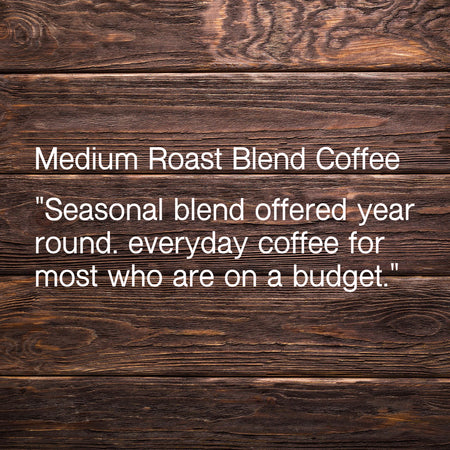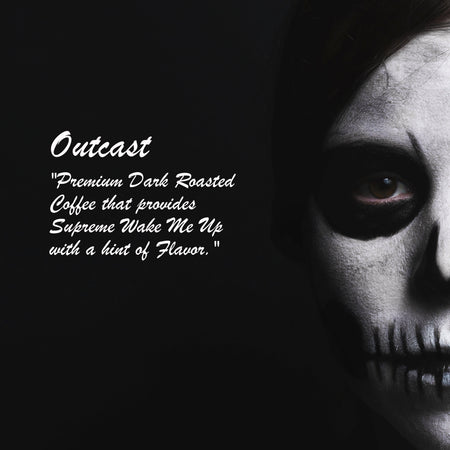Coffee enthusiasts often find themselves chasing the next great cup, seeking that perfect balance of flavor, aroma, and character that transforms a simple morning ritual into a transcendent experience. For many, Jamaican Blue Mountain coffee represents the holy grail of coffee experiences - a legendary bean that commands premium prices and whispered reverence among coffee circles. But what happens when you finally taste perfection, only to discover it leaves you wanting something more?
The journey to understanding what makes coffee truly special often begins with high expectations and expensive beans. Jamaican Blue Mountain coffee, grown in the misty peaks of Jamaica's Blue Mountain range, has earned its reputation through decades of careful cultivation and processing. The beans are known for their exceptional smoothness, clean flavor profile, and remarkable absence of bitterness or harsh notes. These qualities make it technically flawless - a coffee that checks every box for what specialty coffee should be.
However, technical perfection doesn't always translate to emotional connection. When you taste Jamaican Blue Mountain black, as coffee purists recommend, you'll immediately notice its refined character. The coffee delivers exactly what the tasting notes promise: smooth, clean, and balanced. You can taste every nuance described on the packaging because there's nothing interfering with those flavors - no defects, no rough edges, no surprises. It's like meeting someone who always says the right thing, dresses impeccably, and never has a hair out of place.
This perfection, paradoxically, becomes the coffee's limitation. While you're drinking it, you might find yourself appreciating its quality while simultaneously feeling underwhelmed by its predictability. The coffee doesn't challenge your palate or offer unexpected moments of discovery. It doesn't make you pause mid-sip to consider what you're experiencing, nor does it create those memorable "wow" moments that make certain coffees unforgettable.
The reality is that character often emerges from imperfection. Many beloved coffees derive their personality from slight irregularities - a hint of earthiness, an unexpected fruity note, or a complex finish that lingers and evolves. These characteristics, sometimes arising from minor "defects" in processing or growing conditions, create the complexity and intrigue that keeps coffee drinkers coming back for more. They're the equivalent of a crooked smile or an unexpected laugh - imperfections that make something beautiful and memorable.
For coffee drinkers exploring the world of specialty beans, this presents an important lesson about value and expectation. Price doesn't always correlate with personal satisfaction, and the most expensive option isn't necessarily the most enjoyable. A $40-per-pound Jamaican Blue Mountain might provide technical excellence, but a $15 Ethiopian single-origin might offer the excitement and complexity that makes your morning coffee ritual something to anticipate rather than simply consume.
The coffee world offers incredible diversity, from the wine-like acidity of Kenyan beans to the chocolate richness of Colombian varieties. Each origin brings its own personality to the cup, shaped by soil, climate, processing methods, and countless other variables. Some coffees are bold and demanding, others subtle and contemplative. Some wake you up with their intensity, others comfort you with their familiarity.
Understanding your own coffee preferences requires experimentation and honest self-reflection. Do you prefer the reliable consistency of a perfectly processed bean, or do you crave the unpredictable character of more adventurous coffees? Are you drawn to smoothness and balance, or do you seek complexity and surprise? There's no wrong answer - only your personal taste and what brings you joy in your daily coffee experience.
The Jamaican Blue Mountain experience serves as a valuable reminder that in coffee, as in many things, perfection might not be the ultimate goal. Sometimes the most memorable and satisfying experiences come from beans with personality, character, and even a few rough edges. These coffees may not score perfectly in cupping competitions, but they create lasting impressions and emotional connections that transcend technical evaluation.
For those considering trying Jamaican Blue Mountain coffee, approach it with realistic expectations. Appreciate it for what it is - a masterclass in clean coffee processing and consistent quality. But don't expect it to revolutionize your coffee experience or become your daily driver. Instead, view it as one note in the broader symphony of coffee exploration, a reference point that helps you better understand what you truly value in your cup.
The beauty of the coffee world lies not in finding the single "perfect" coffee, but in discovering the diverse range of flavors, personalities, and experiences that different beans can offer. Whether that's the smooth predictability of Jamaican Blue Mountain or the wild complexity of a natural-processed Ethiopian bean, each coffee tells its own story and offers its own rewards to those willing to listen.



